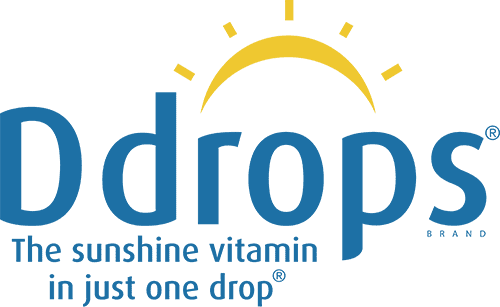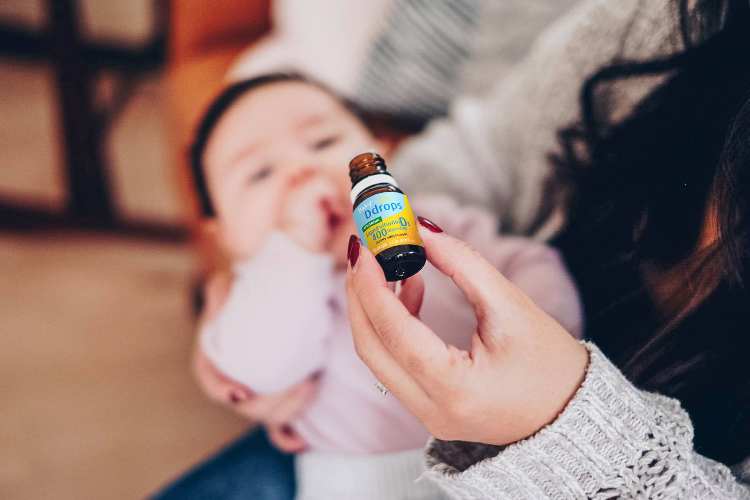February 28, 2016
Is it possible to get your daily requirement of vitamin D by nutrition only? The answer is tricky. Yes, it is possible. However, this might prove to be a difficult challenge since very few food items contain vitamin D. You would probably also need to consume large portions in order to meet your vitamin D needs.
The recommendations for vitamin D intake for adults can depend on many factors. The following table shows how much you would need each of the listed foods to reach a minimum of 600 IU. Some foods contain vitamin D naturally, and some are fortified with vitamin D.
| Dietary Source of vitamin D | Vitamin D content (approximate per serving) | Approximate amount to provide 600 IUs of vitamin D |
| Sardines, canned | 500 IU (3.5 oz, 100 g) | 4.2 oz (120 g) |
| Salmon, cooked | 360 IU (3.5 oz, 100 g) | 5.8 oz (167 g) |
| Mackerel, cooked | 345 IU (3.5 oz, 100 g) | 6 oz (174 g) |
| Tuna, canned in oil | 230 IU (3.5 oz, 100 g) | 9 oz (260 g) |
| Halibut, baked or broiled | 144 IU (2.6 oz, 75 g) | 11 oz (313 g) |
| Tuna salad | 144 IU (125 mL) | 17 oz (521 mL) |
| Oysters, boiled or steamed | 136 IU (6 medium) | 26 medium |
| Milk (nonfat, reduced-fat or whole) vitamin D – fortified | 100 IU (8 oz, 240 ml) | 48 oz (1.4 L) |
| Margarine, fortified | 60 IU (1 tbsp, 15 ml) | 10 tbsp (150 ml) |
| Egg yolk | 20 IU | 30 eggs |
| Beef, ground, regular, pan-fried | 12 IU (2.6 oz, 75 g) | 132 oz (3,750 g) |
| Chicken breast, roasted (with skin) | 8 IU (2.6 oz, 75 g) | 198 oz (5,625 g) |
Adapted from the Health Canada “Nutrient Value of Some Common Foods – Booklet“, 2008




Để lại một bình luận
Trang web này được bảo vệ bằng hCaptcha. Ngoài ra, cũng áp dụng Chính sách quyền riêng tư và Điều khoản dịch vụ của hCaptcha.